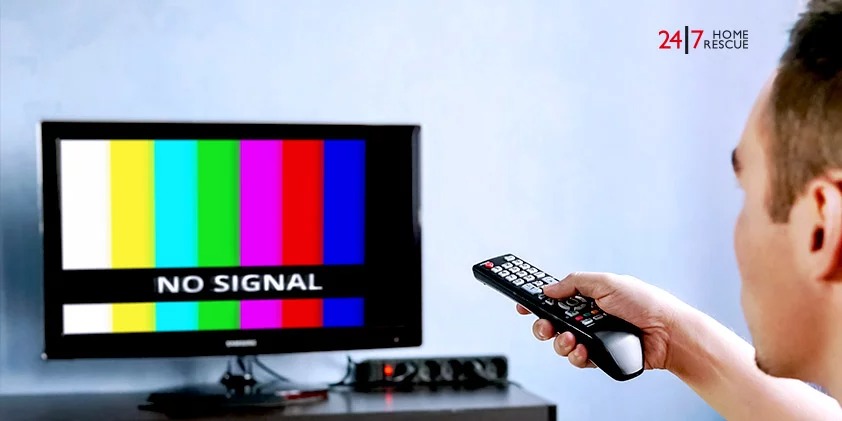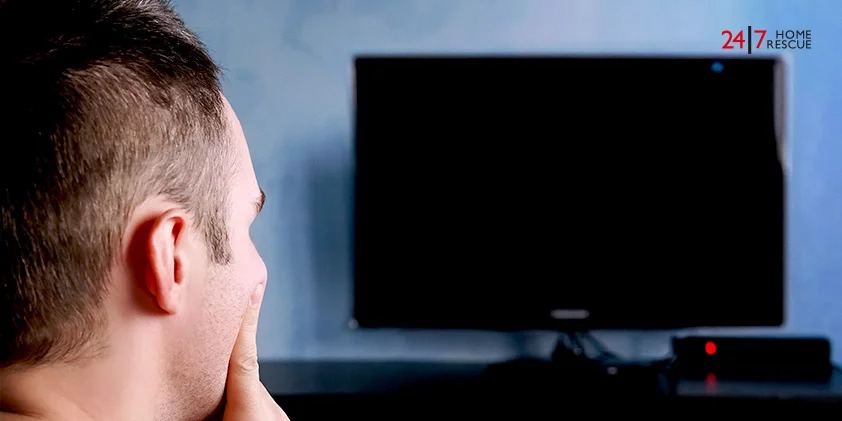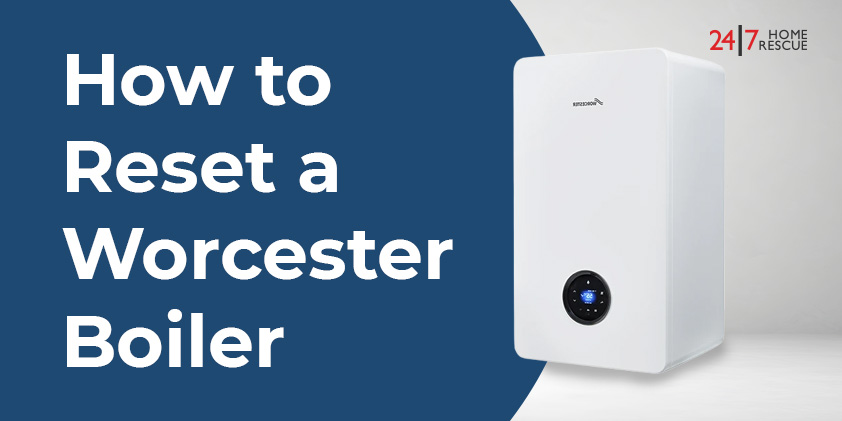
How To Change A Fuse In A Fuse Box
Blown a fuse? You’re not alone. It’s a common occurrence in almost every household, caused by an overloaded socket, a faulty appliance, or simple wear and tear. The good news is that most fuse issues are straightforward to fix if you follow some careful steps.
Here’s a practical, step-by-step guide to safely repairing or replacing a fuse at home. And remember, if you ever feel unsure or if the issue persists, our friendly team at 24|7 Home Rescue is always ready to help. You’re not alone in this.
Know Your Fuse Box First
Not all fuse boxes are the same. Yours could have:
- Traditional fuse wires: older systems using replaceable cables.
- Cartridge fuses: neat little cylinders that pop in and out.
- Modern circuit breakers (MCBs/RCDs) can be reset simply by switching them off.
Don’t worry, we’ll cover all these below.
Before You Start: A Few Smart Tips
- Turn off and unplug everything, including lights and your boiler. This simple step is crucial for your safety and prevents the new fuse from blowing the moment power is restored, providing a secure environment in which to work. Keep a torch handy, especially if you’re working in low light. This will help you see the fuse box and wires clearly, making the process safer and more efficient. Make sure your hands are dry.
- Have spare fuse wire or cartridges of the correct amp rating ready (standard ratings are 3A for small appliances, 5A for lighting, and 13A for heavy-duty items).
How to Change a Fuse Wire
- Switch off the main power at the fuse box. Safety first, always.
- Open the fuse box cover and carefully remove the fuse carriers.
- Look for the blown fuse; it often has black marks or a visibly snapped wire.
- Disconnect appliances on the affected circuit.
- Remove the old fuse wire and thread in the new wire (of matching amp rating). Wrap it clockwise around each terminal screw and tighten. It should be slightly slack.
- Replace the carrier, close the cover, and turn the main power back on.
How to Replace a Cartridge Fuse
- Turn off the main switch.
- Gently remove one cartridge at a time. If needed, undo any holding screws.
- Test with a cartridge fuse tester or swap with a new cartridge of the same amp rating.
- Once replaced, turn the power back on.
If you have a circuit breaker
Circuit breakers are far easier to fix than old-fashioned fuse boxes. It should be very obvious which fuse has tripped in a fuse box, as the switch will be in a different position from all of the other switches or will have popped out.
- Turn off all the appliances on the affected circuit.
- Switch the miniature circuit breaker on.
- Check the circuit.
- Checking the circuit
Look at all the items on the circuit to ensure that they are working properly. Check for signs of appliance breakdowns or damage to lights and fittings. Do not plug in anything you suspect may be damaged, as the fuse will blow again. If you have home emergency cover, you can contact 24|7 Home Rescue to repair or replace the broken appliance.
Ensure you are not overloading any sockets, such as by overloading extension cords.
If you are unsure which appliance has broken, you may have to sacrifice a fuse to find out. Turn on your items individually until the fuse blows again. The item you switched on immediately before the fuse blew is the source of the problem.
For further information, see ‘My fuse box keeps tripping – help!
Important Safety Reminders
- Never use a fuse with an amp rating higher than required.
- For example, replacing a 5A with a 13A is dangerous, as it risks overheating your wires and causing a fire. This is because a higher amp rating allows more current to flow through the circuit than it can handle, leading to overheating and potentially a fire. Consider labelling circuits in your fuse box. It makes future troubleshooting much easier.
- If your fuses keep blowing, it could be a more serious wiring issue or a sustained overload. Stop and call a qualified electrician.

Home Emergency Cover
Safeguard your property against unforeseen circumstances with Home Emergency Cover from 24|7 Home Rescue.
Conclusion
If you’re still experiencing issues, don’t worry! We’re here to help. Our team will promptly dispatch one of our fully qualified, Part P-certified engineers to your location. They have the expertise to handle any electrical repair you may need and ensure everything is resolved safely and efficiently.
Contact us today at 0345 3192 247 and regain your peace of mind knowing that your electrical needs are in capable hands. We’re just a phone call away!
At 24|7 Home Rescue, we aim to keep our blogs accurate and helpful at the time of publication. However, details such as images, services, or product information may change. Content is for general information only and not professional advice. For the latest updates, please review our Terms & Conditions or contact us directly. 24|7 Home Rescue accepts no liability for actions based on outdated or incomplete content. Our team is always happy to help with any questions.











